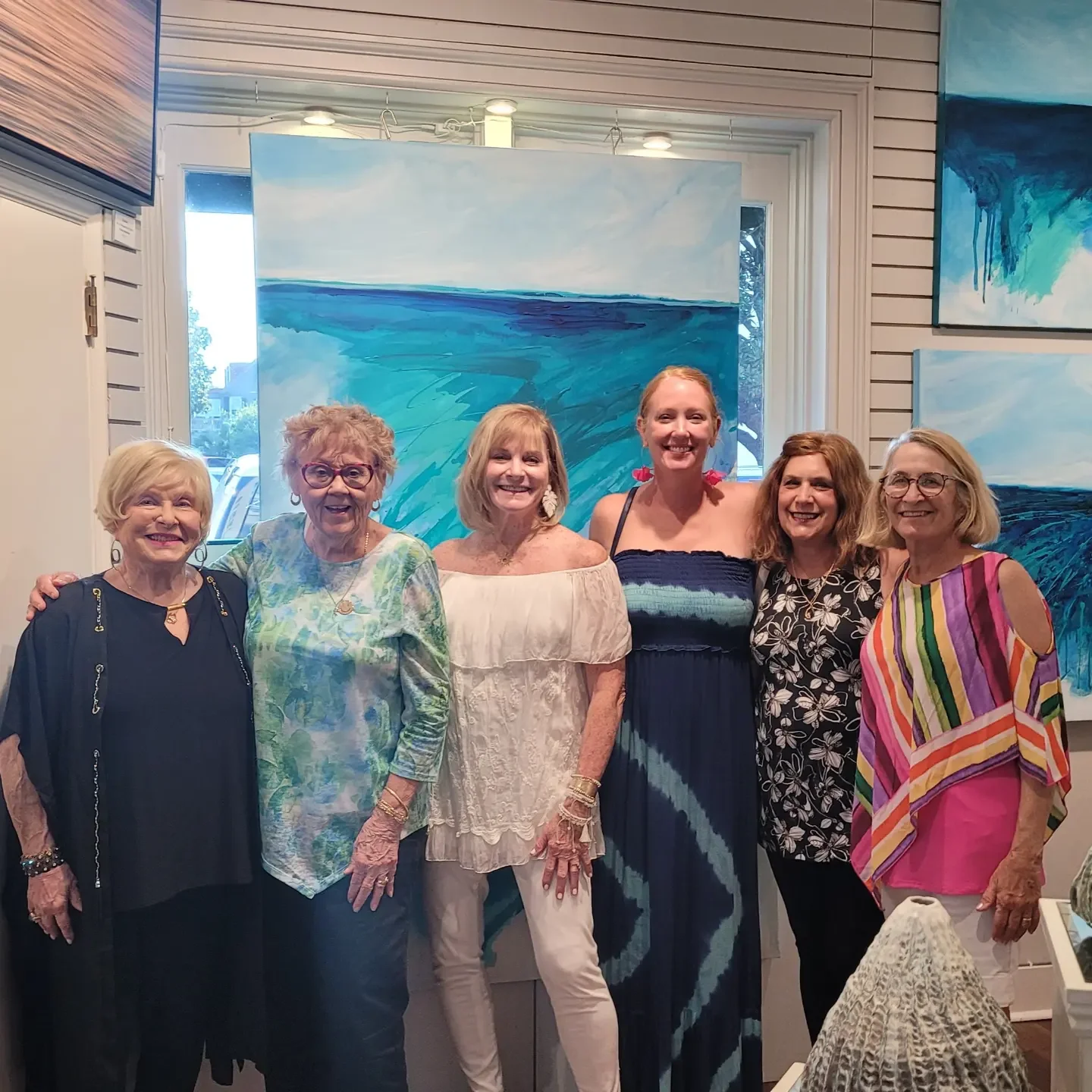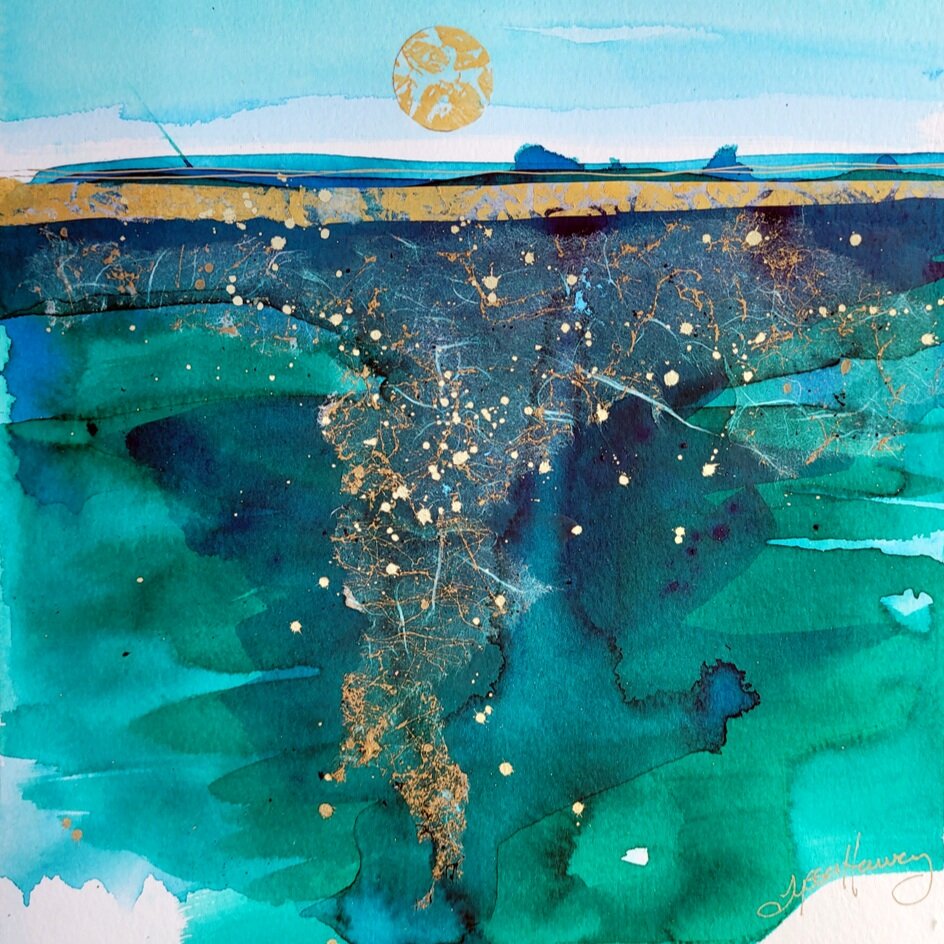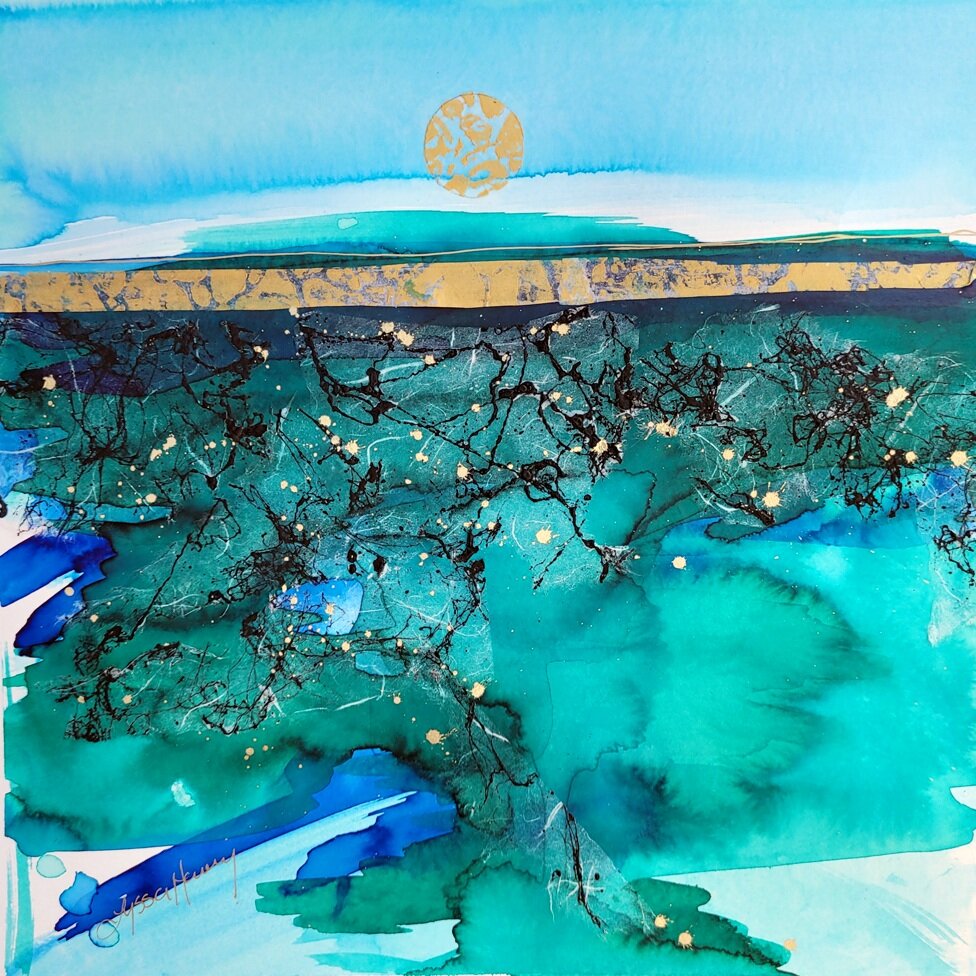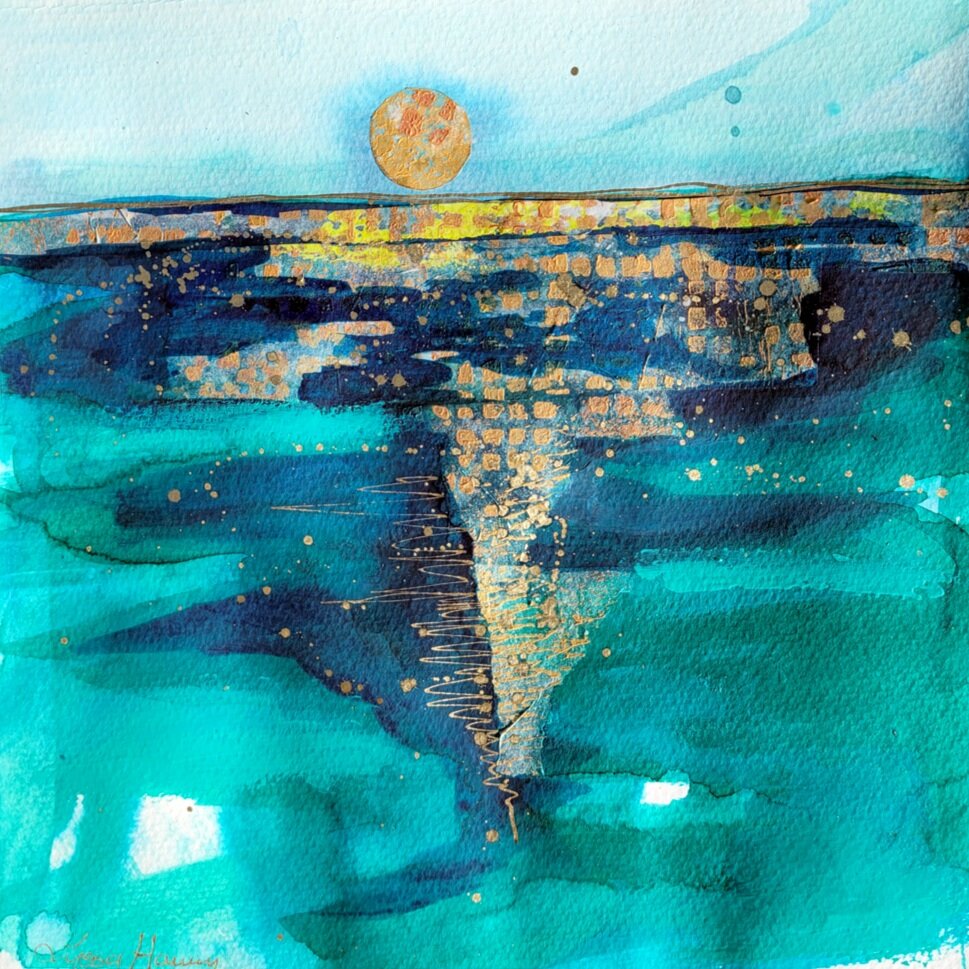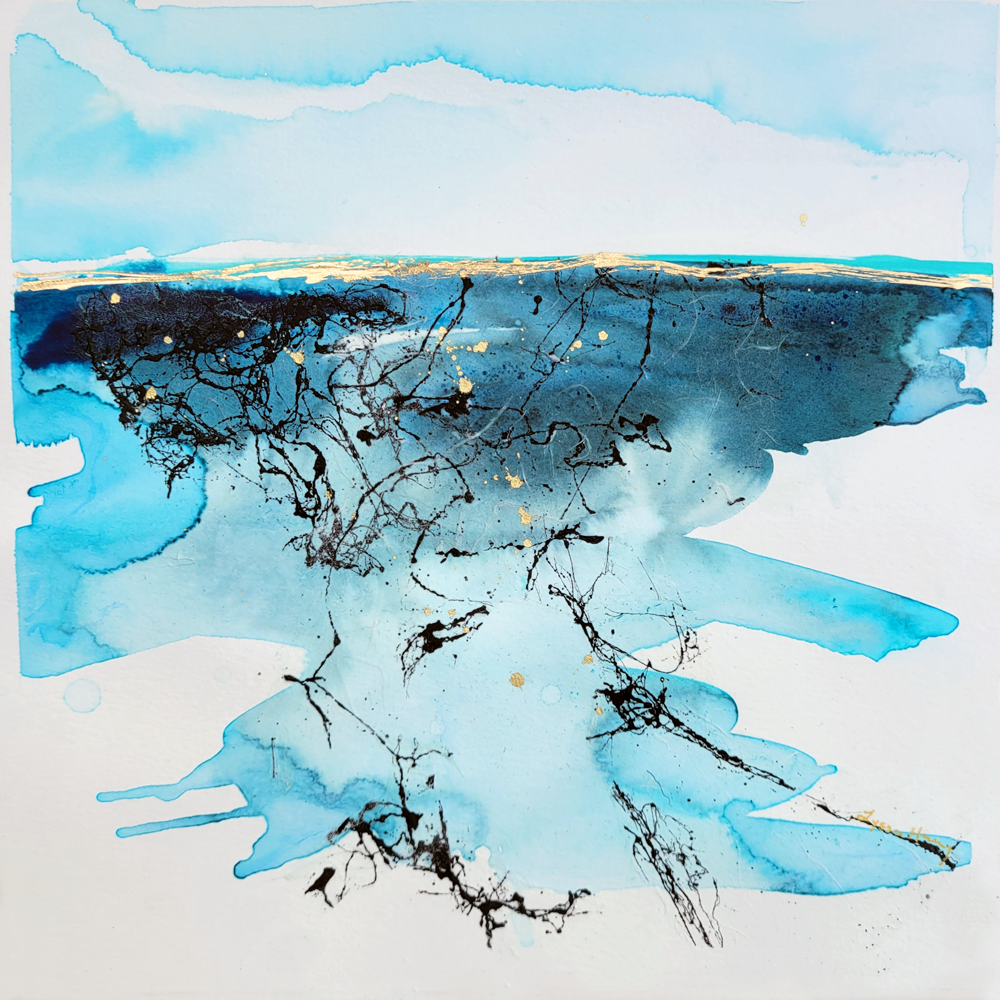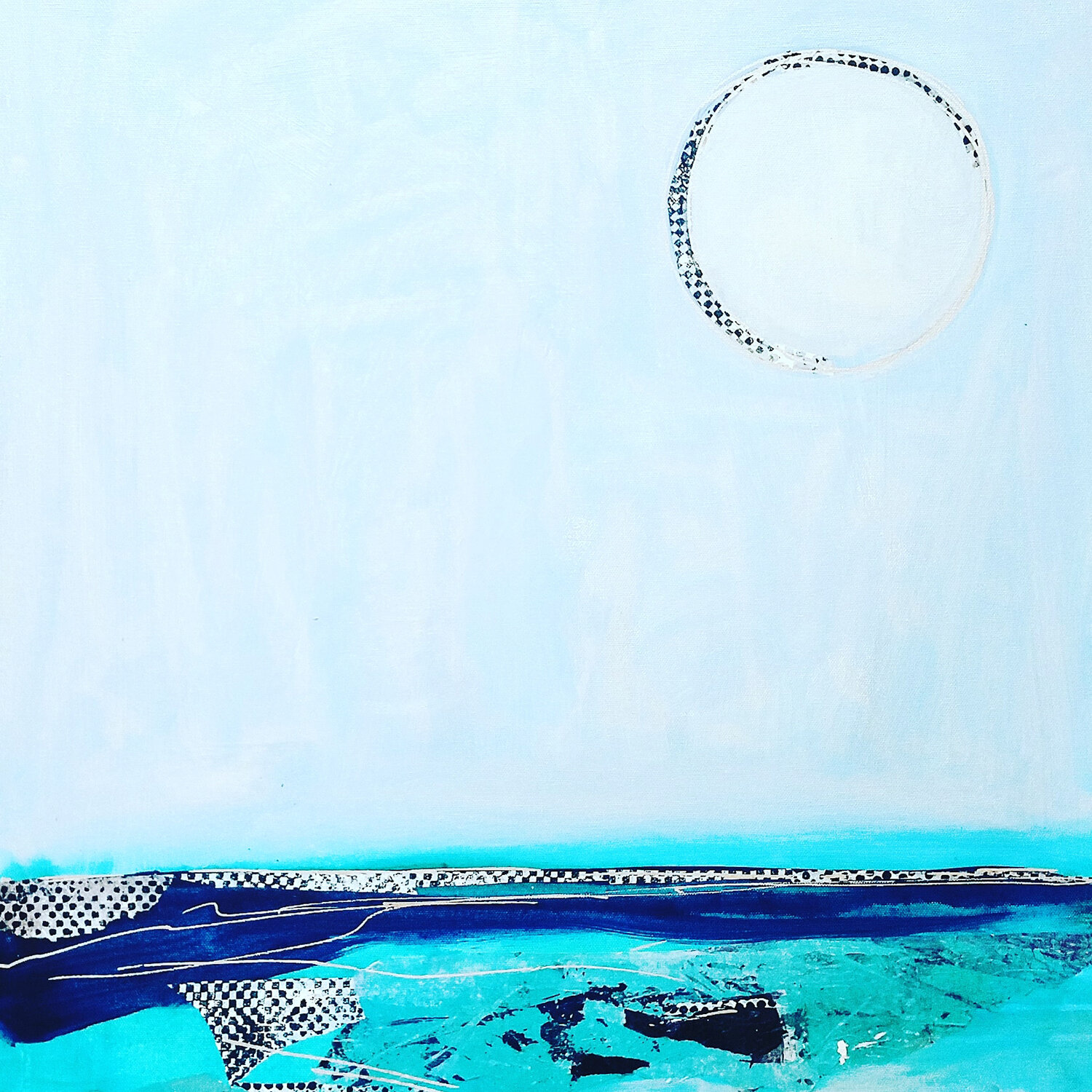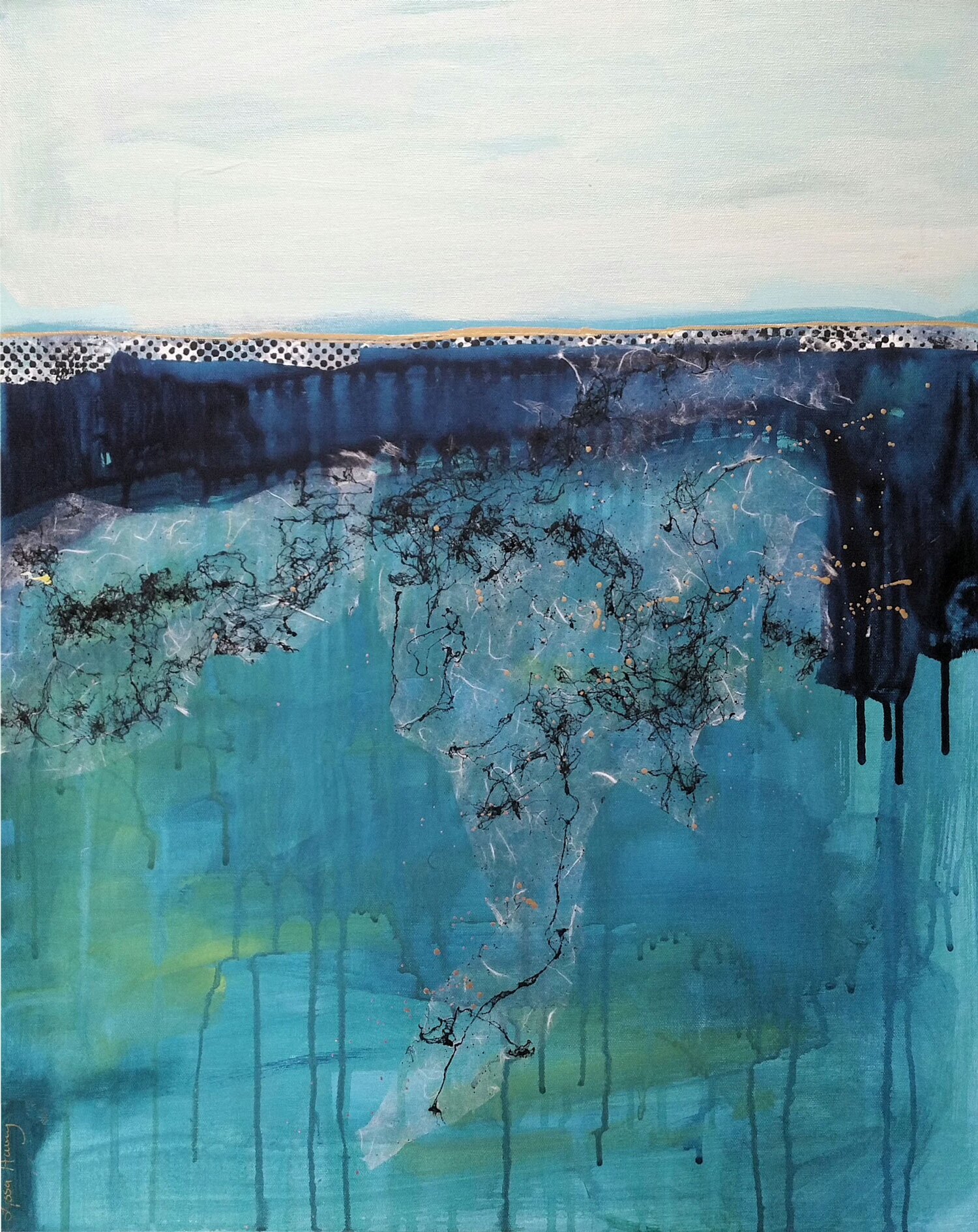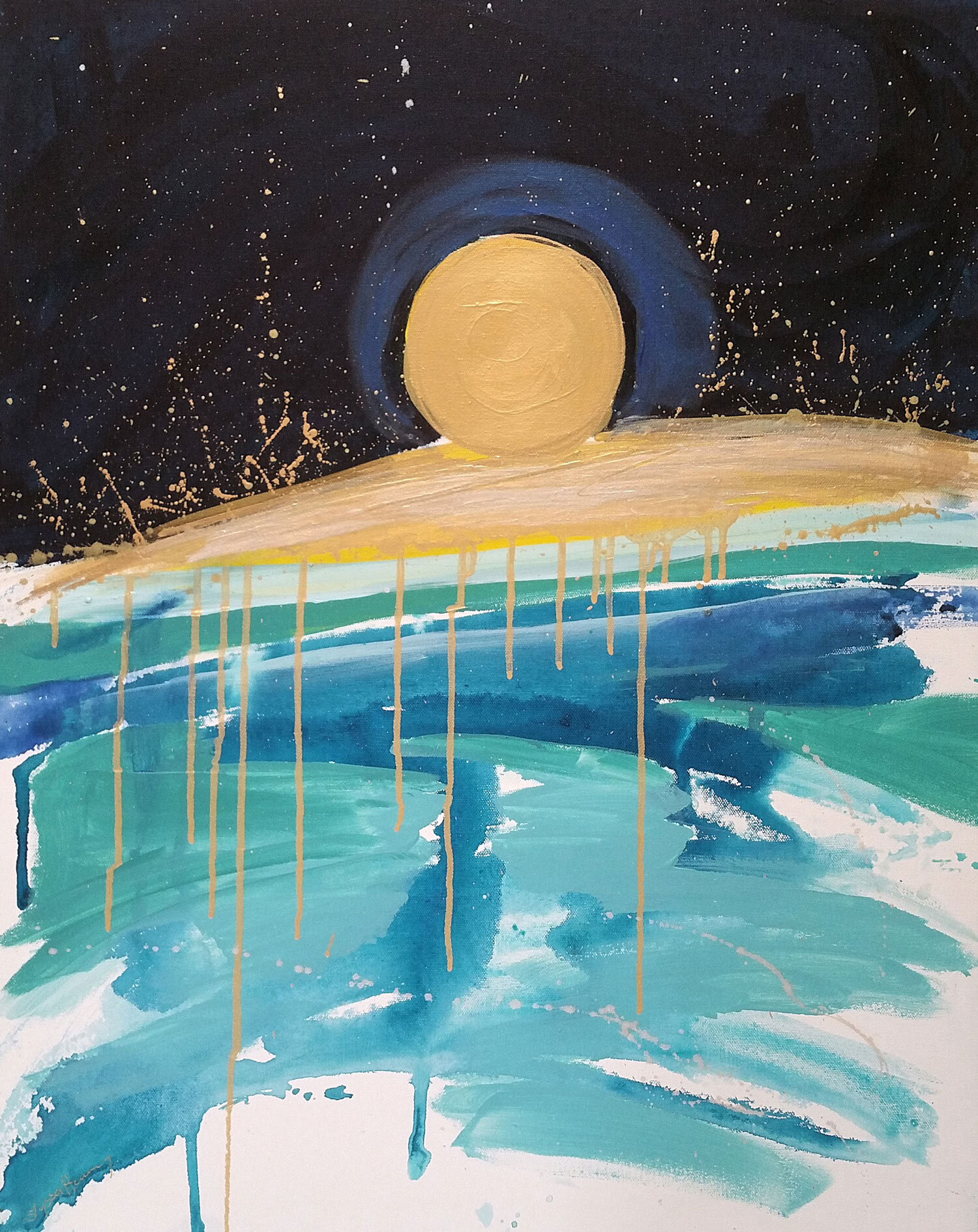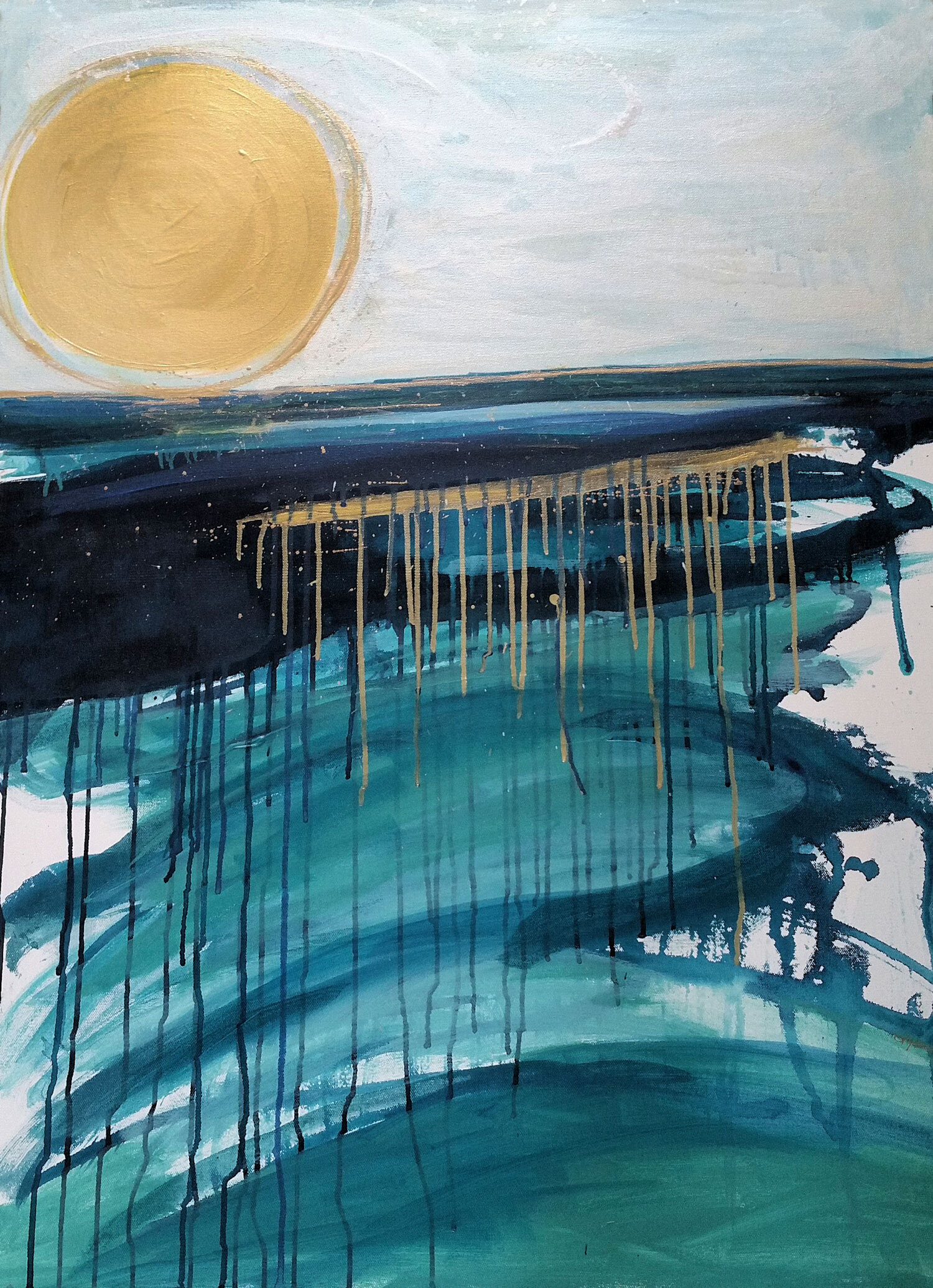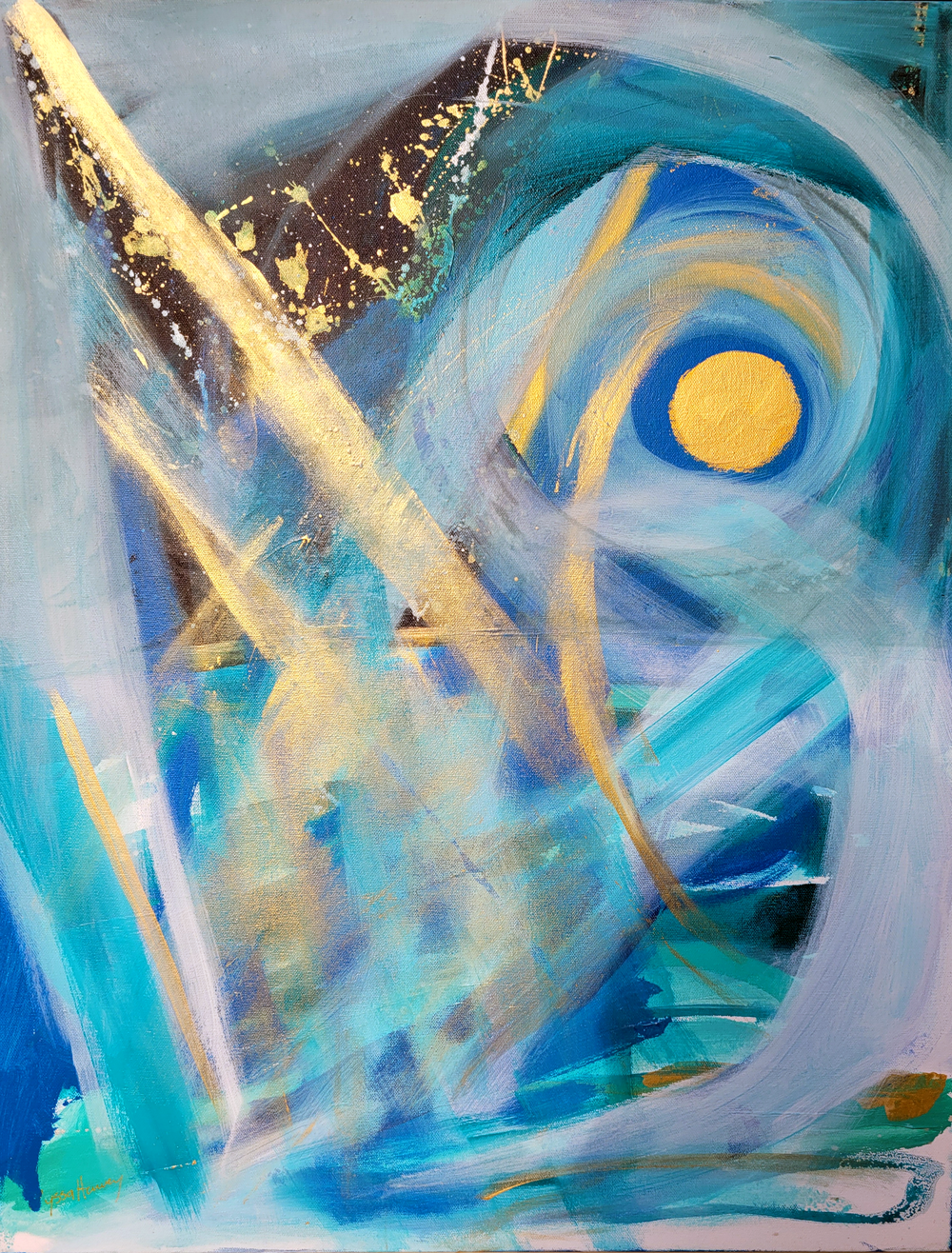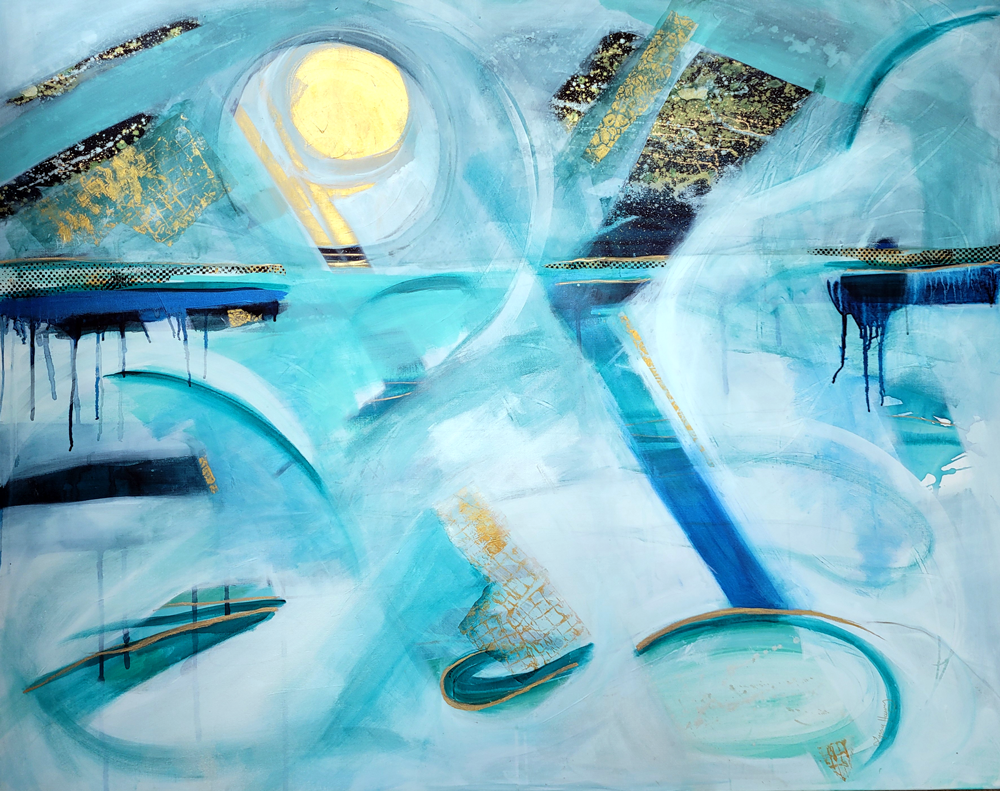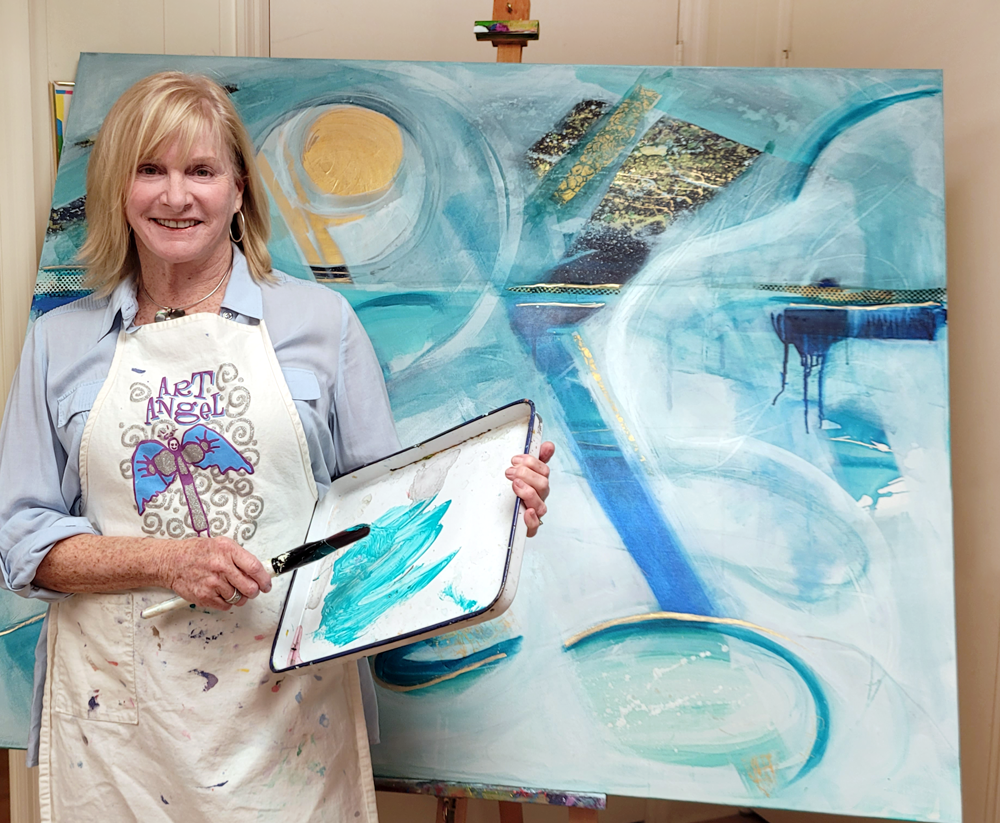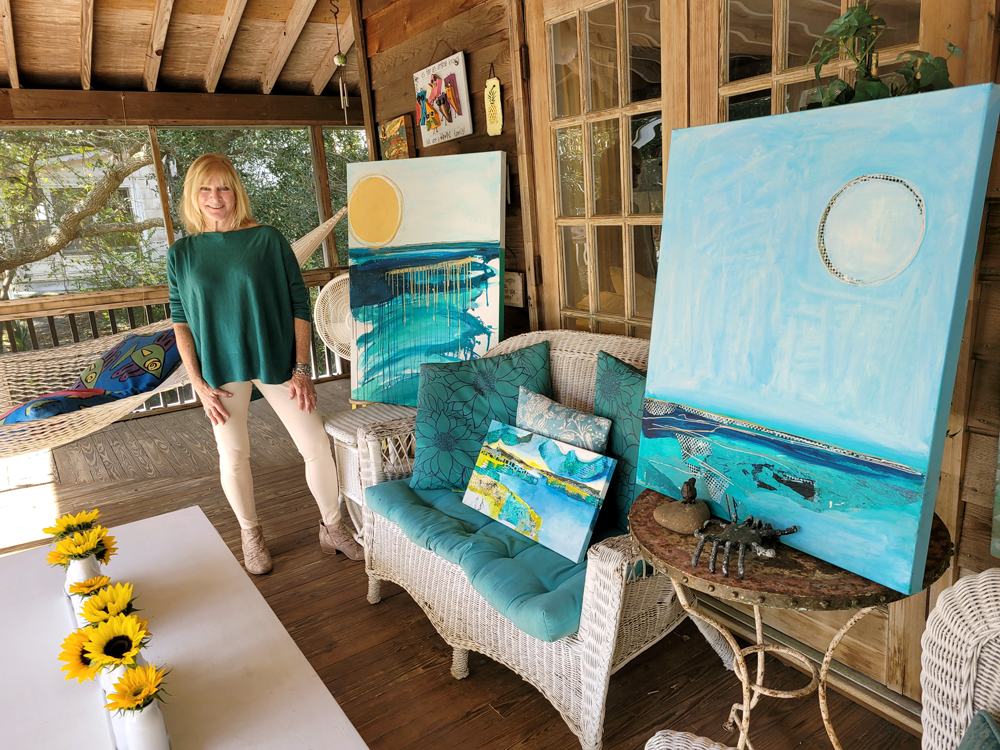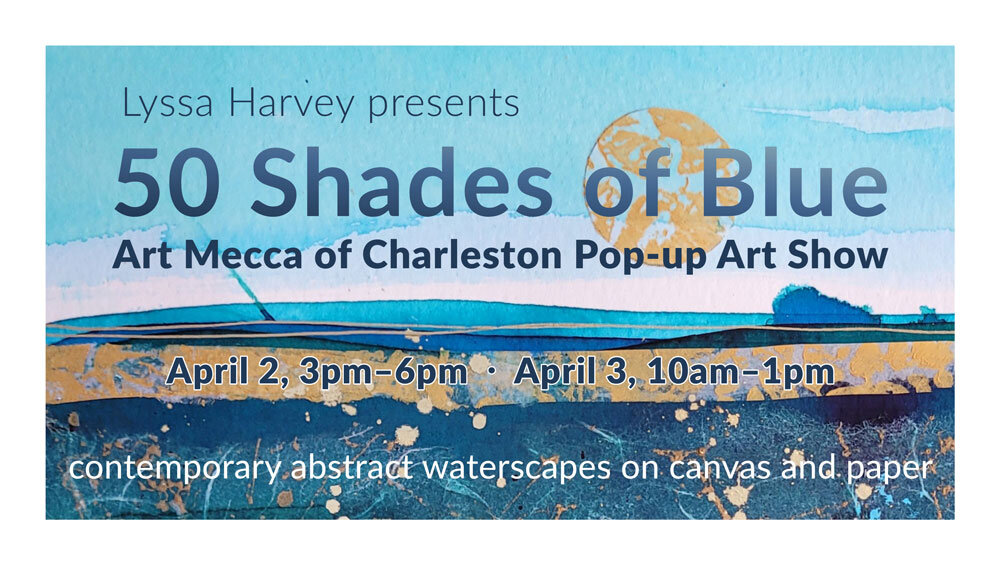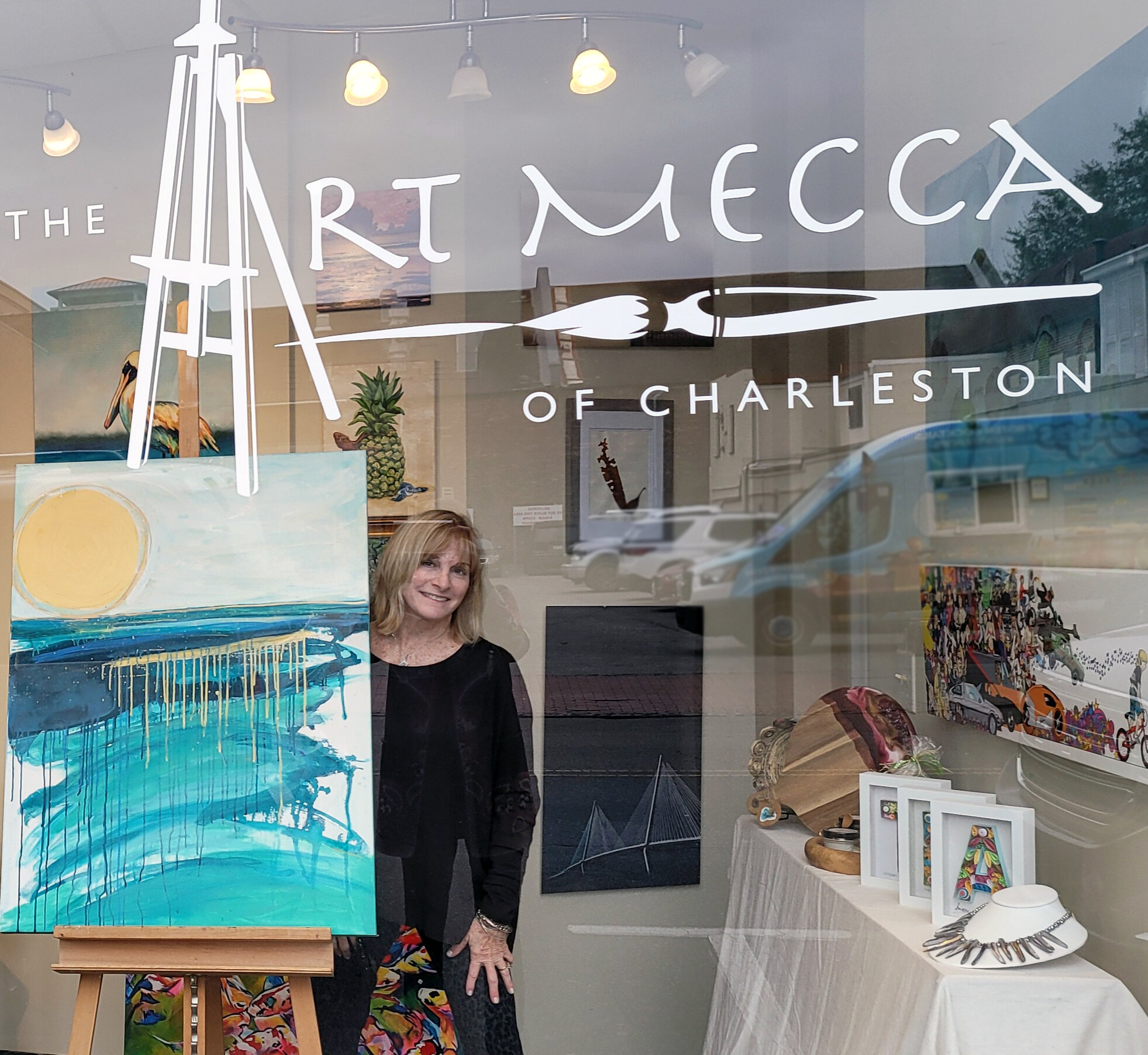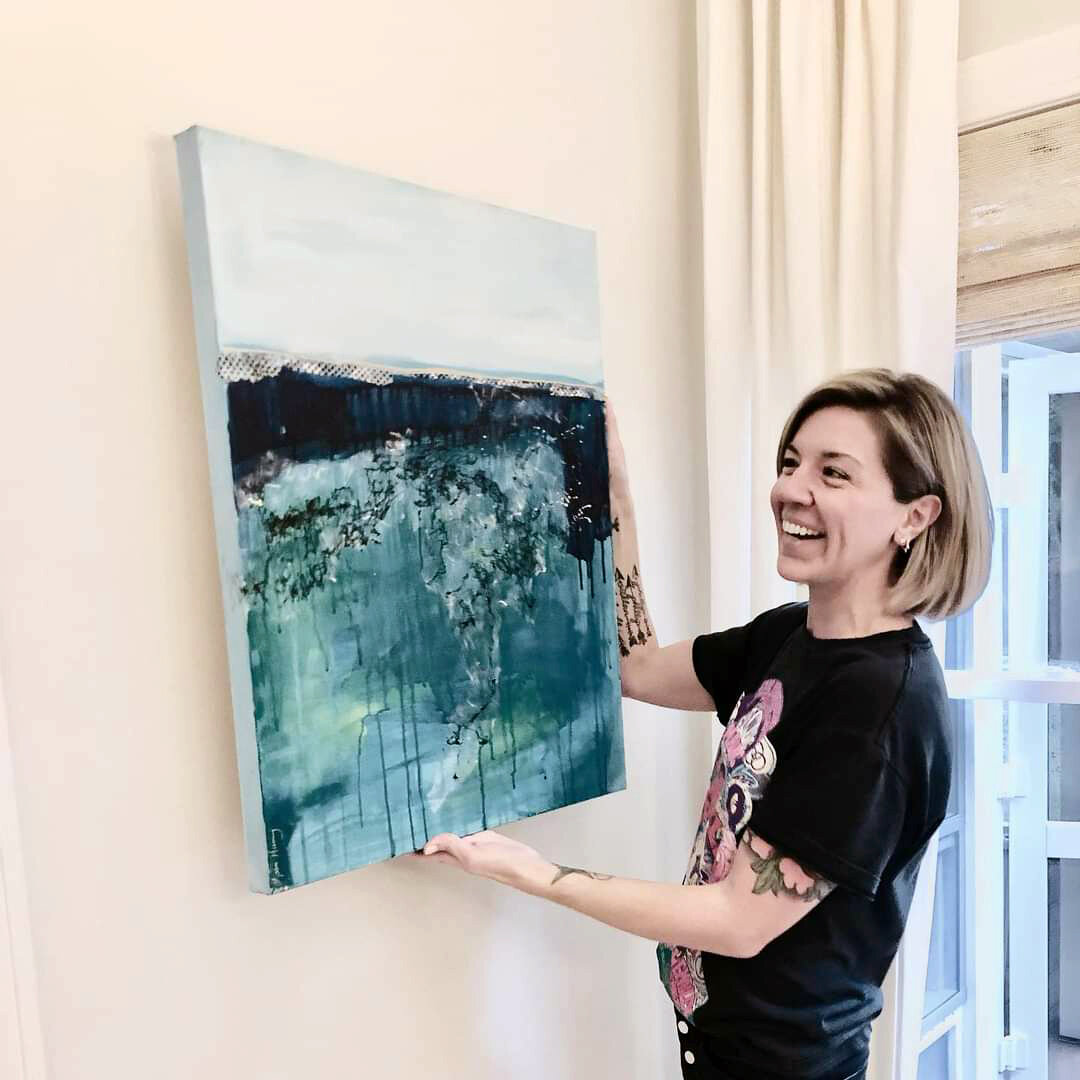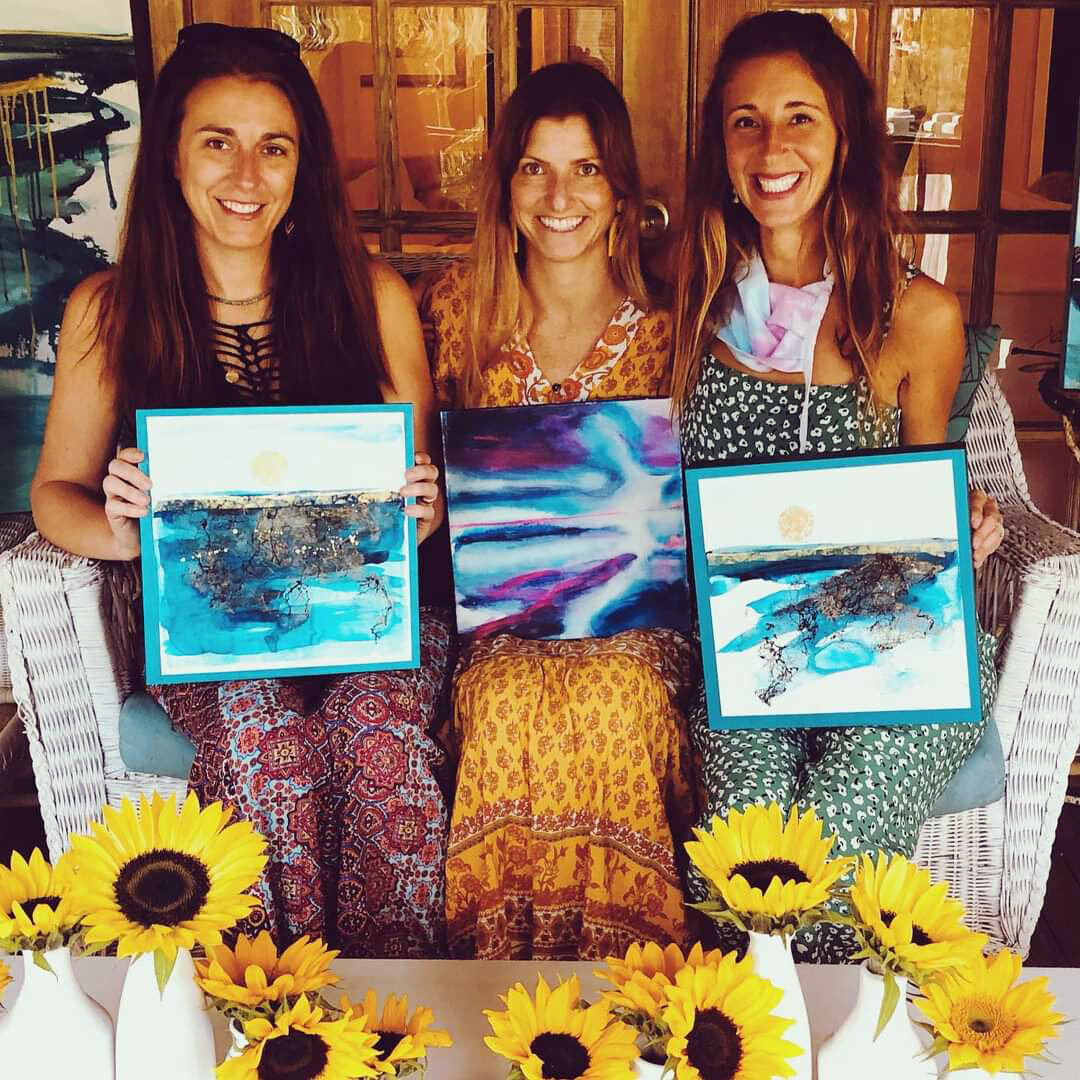Posted On July 13, 2014 - http://www.columbialivingmag.com/art-as-therapy
Posted In Columbia Living Magazine July-Aug 2014, People, Culture
Lyssa Harvey uses art in a safe haven to help children and adults with the healing process.
By Rachel Haynie Photographs by Jay Browne
Showing up represents 80 percent of success in life, so Woody Allen has said.
Lyssa Harvey begs to differ. Eighty percent is not nearly enough.
Through her work with children and adults, as owner of The Art and Play Therapy Center of South Carolina, this artist believes showing up is only a small part of the success equation. “For me, the entire 100 percent is to be fully engaged.” That keen and intentional focus results in the healing Harvey hopes for on behalf of clients, mostlychildren, and also benefits parents or guardians who turn to her for help with a broad spectrum of issues.
Children are naturally creative, and it’s easier for them to draw a picture or play than to answer questions directly. They may be reluctant or even hostile about discussing certain topics. Creating artwork or playing in the therapeutic playroomis a non-threatening way to tackle tough issues. Allowing the children to talkabout their artwork and observing their play can provide therapists like Harvey with the openings they need to get at the heart of the problems affecting their young clients.
Both art and play have time-tested therapeutic models that can work to alleviate stress associated with illness or disability, or tap into trauma or hurt on levels other efforts cannot reach. Although art therapy and play therapy are different models, the creative nature of each can be manifested in something tangible, something that provides cues foran experienced therapist to see and relate to.
The first case describing the therapeutic use of play was published in 1909 by Sigmund Freud, whose observations supported his theory that the difficulties of a child he was studying were related to emotional factors.
As early as Plato’s lifetime, observation of an individual at play was recognized as revealing. The Greek sage noted: “You can discover more about a person in an hour of play than in a year of conversation.”
But before discovery, Harvey explained, “They must feel safe. Building trust is my first objective.” As a child and adolescent therapist for more than 25 years, she has learned it is common “for children to respond apprehensively, even negatively, to a typical clinical setting.” Children, who generally have limited vocabularies, are likely to be fearful or have difficulty expressing themselves effectively – in words. Whether the model Harvey is informed by in a given session is art, play, or a combination, the stage is set well before a client arrives for the appointment. The playroom she has created is inviting, with colors and toys that say to a child: “Come in. We are here for you. In this room you are safe.”In particular, Harvey said the playroom’s sandbox is often the feature that draws a young client into revealing hard-to-convey feelings.
What toys a child gravitates to, and how s/he interacts with them elicit clues that guide Harvey’s questions, each designed to open another closed door shielding the young client’s issues. When it comes to art therapy, Harvey generally provides those with whom she is working age-appropriate art supplies, perhaps gives them a prompt, and then sets them free to express themselves. Withtheir pictures as guides, Harvey leads a conversation about aspects of the artwork as a means of understanding what thoughts or feelings they may represent. With the resulting feedback, she begins to develop an effective treatment program aimed at helping the child move forward.
How children benefit from art or play therapy – or a combination – vary as diversely as the individual is unique. Professional therapists trained to recognize what inner feelings a child’s art or play manifests are knowledgeable about the available models, as though they embrace a symbolic language.
Harvey explained that, through a variety of applications, art therapy can provide a creative outlet for children struggling with the circumstances of their lives. “For example, a child may decipher the meaning of a picture and open up to discuss the underlying issues that inspired the artwork.”
Outcomes are not always reached easily, but over time, progress can be made. Here, patience is not only a virtue, but a necessity. One of the reinforcements Harvey experiences through working with children is that “they are innately creative and want balance and normalcy in their lives. By being present, an experienced, client/child centered therapist allows children to lead the way, and that helps to direct where help is needed,’ said Harvey, who earned her Masters of Art Therapy at the University of Hertfordshire, in St. Albans, England. She earned her Bachelor of Science in Art Education from the University of Georgia (UGA) and an Educational Specialist Degree from the University of South Carolina. She is a certified Art and Play Therapist as well as a South Carolina Licensed Professional Counselor.
Harvey longed to be an artist, especially in her studies at UGA and abroad, but was more drawn to the helping profession as a career.Eventually, though, she put herself through the same freedom-finding process she leads clients along. “I had to give myself permission to call myself an artist. It took a number of years before my various paths came together.”
Once the synergy of artist converged with art and play therapist, Harvey’s creativity blossomed quickly. “When I began to paint, I was energized in a spiritual way, and art became a gift to me,” said Harvey, who celebrates her 60th birthday soon.
Within a few years after she ventured onto her own art path, in search of the same balance and beauty she seeks as a therapist, she formed membership affiliations with the South Carolina and the National Watercolor societies, and began exhibiting – locally, and in Charleston. She is represented in a number of galleries.
Often working in series, she recently completed a suite of bold and colorful abstracts she calls “watercolor blessings.” Beyond art, she describes a blessing as being aware of the presence of good in the world and in your own life.
As a way of counting her blessings within her community, Harvey reaches out and gives back in specific and heartfelt ways. As a co-chair of the Columbia Holocaust Memorial Committee, she has used her art – and her knowledge of art’s power to communicate – in her Holocaust Education work with schools. This past year she volunteered to help Mental Illness Recovery Center (MIRC) by suggesting Windows to the Heart as MIRCI’s theme for its annual fund-raising gala. When the board responded so enthusiastically to Harvey’s suggestions, she took that as her cue to suggest art classes for clients. As MIRCI Executive Director Julie Ann Avin remarked, “I have been simply amazed to see the pieces of art created by our clients. Watching the healing people are experiencing as they create has been even more impressive than the art itself.”
If you take a look atHarvey’s art, in particular, hersculptural work in clay, you’ll notice that it portrays the female figure in stressful arrangements. The sculpture symbolizes how women often feel inadequate in some of their roles since the expectations vary so greatly and pull them in many directions. “Helping others to develop a sense of well-being and balance in their lives is my work. When I know that I may have helped to make a different, it is a joy as great as creating art.”




